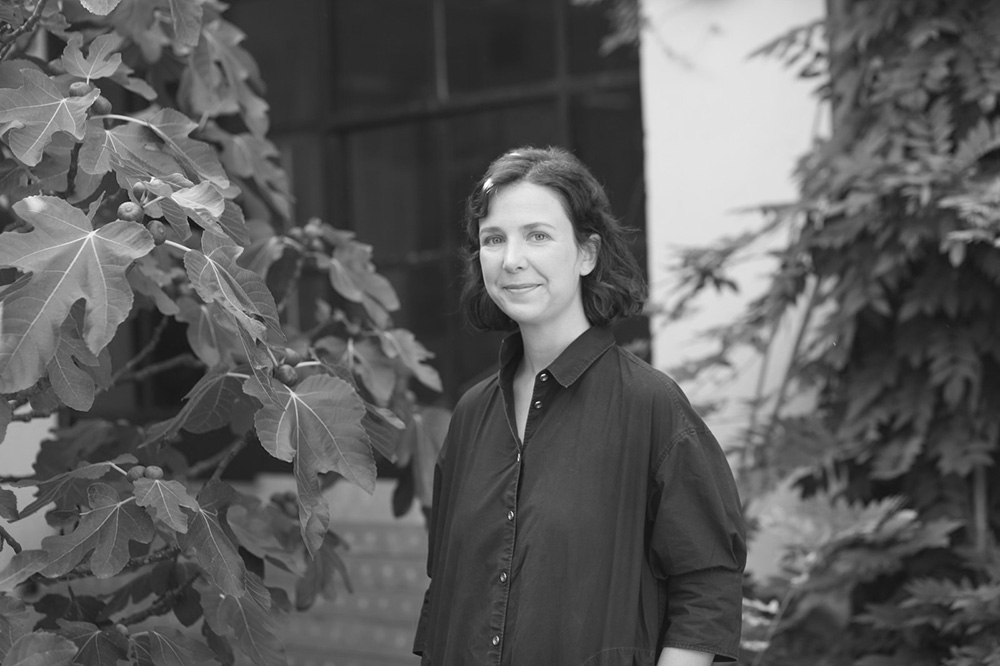Sofia Pia Belenky | 23.05.2023

Lecture
Non-Extractive Architecture
Non–Extractive Architecture is a live research platform focused on rethinking the balance between the built and natural environments, the role of technology and politics in future material economies, and the responsibility of the architect as an agent of transformation. The project sets out to examine — and redefine — the public’s expectations of the architect and architects’ expectations of themselves. Non–Extractive Architecture engages individuals within and outside the field of architecture to create an open platform through which the current role of architecture can be debated, and new paths can be defined to leverage its potential as a positive force in shaping the future of the landscape. (Sofia Pia Belenky about the lecture)
** The lecture will be held in English – Der Vortrag findet in englischer Sprache statt **
about

Space Caviar is an architecture and research studio operating at the intersection of design, technology, politics and the public realm.
Founded in 2013, the office uses built work, exhibitions, publishing, writing and film to investigate and document contemporary modes of habitation and the spatialisation of social and political practice. Space Caviar’s work has been shown at the Venice Biennale, the Victoria and Albert Museum, Biennale Interieur, Vitra Design Museum and Nilufar Gallery, among others.
Sofia Pia Belenky is part of the architecture and research studio Space Caviar.
über Sofia Pia Belenky
Sofia Pia Belenky is a designer from New York based in Milan, Italy. She completed her BFA at Bard College in 2011 and continued her studies at the Graduate School of Architecture, Planning and Preservation at Columbia University, the Architectural Association and Strelka Institute. Together with Joseph Grima, Sofia Pia is partner of Space Caviar, an architecture and research studio operating at the intersection of design, technology, politics and the public realm. Her work with Space Caviar uses research, built work, writing, film, event, and exhibition design as forms of an extended mode of architectural practice.
